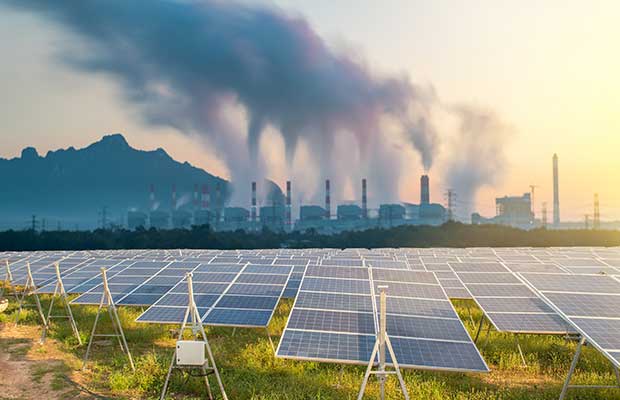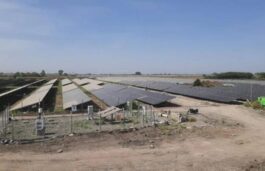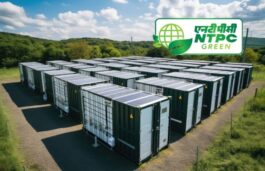
A new report has assessed India’s technology & policy options if it were to accelerate its transition to a net-zero emissions system by 2050
To reach a net-zero emissions energy system by 2050, India needs a suitable policy and innovation-driven context to deploy clean energy technologies on a massive scale. It requires more and faster deployment of large-scale solar, wind and hydro power to enable greater electrification across the country. It also requires the development of new fuels, such as liquid biofuels and biogas, as well as hydrogen produced from electrolysis. Energy efficiency must improve significantly, and carbon removals (from technology and nature-based solutions) will have a critical role in moving towards zero emissions.
These are the key insights from a new scenario sketch by TERI and Shell, that has assessed India’s technology and policy options if it were to accelerate its transition to a net-zero emissions energy system by 2050.
Amitabh Kant, CEO of the NITI Aayog said “with its geographic advantage and availability of vast potential, not only can India materialise its renewable potential, but it can also become a global leader to showcase its green energy pathways. This is the right time for India to think in this direction of net-zero emissions by 2050.”
The authors of the report ‘India: Transforming to a net-zero emissions energy system’ believe that at present, India has opportunities to chart out its own unique development pathway rather than take up fossil-fuel driven paths previously pursued by developed economies. At the same time, it will be important for India to ensure that its energy pathway is socially inclusive, economically viable and ensures long-term sustainability of resources.
Nitin Prasad, Chairman, Shell Companies in India, said “the challenge actually provides an opportunity for India to embed sustainability principles while achieving its developmental priorities – and minimise the risk of stranded investment in high emitting infrastructure. This approach has important implications in accelerating economic growth, local manufacturing, job creation and energy security.”
The report indicates that the transformations needed over the next thirty years for India, in pursuit of this goal by mid-century would consist of the following areas of action:
Accelerate clean technologies
- Grow the power sector by a factor of more than four in 30 years, dominated by renewables (around 90 percent)
- Target 13 percent hydrogen in final energy, including as a fuel for industry and transport
- Transform bioenergy, with liquid biofuels surpassing petroleum products by 2040 to fuel industry and transport, including hard-to-abate sectors such as aviation
Support energy-efficient and lower-carbon choices
- Invest in processes, technologies and end-uses to improve energy intensity per unit of GDP by almost 60 percent by 2050, a rate of improvement nearly twice historical levels
- Adopt economic mechanisms, such as carbon trading and/or pricing to facilitate the reallocation of capital and resources to support commercialization of new fuels and technologies
Remove carbon emissions
- Resort to carbon sequestration to an extent of around 1.3 Gt CO2, using nature-based solutions and /or carbon capture and storage (CCS)to achieve net-zero emissions by 2050
“The energy sector alone does not have enough choices with the technologies available today to achieve net-zero by 2050. The industry sector, in particular, lacks technological solutions. Additional options for sequestration through nature-based solutions and CCS/CCUS would need to be adopted if net-zero were to be achieved by 2050″ added Dr. Ritu Mathur, Director, Integrated Assessments & Modelling at The Energy & Resources Institute (TERI).
The report adds that success in achieving the net-zero emissions goal will depend on clear and coherent policies at the national and sub-national level. It suggests that the economic and social impact of the transition will need to be understood and managed, and a well-designed policy framework will be required to contain the overall macroeconomic costs; address transition impacts and ensure more resilient and environmentally just outcomes for the most vulnerable and underserved communities.




























